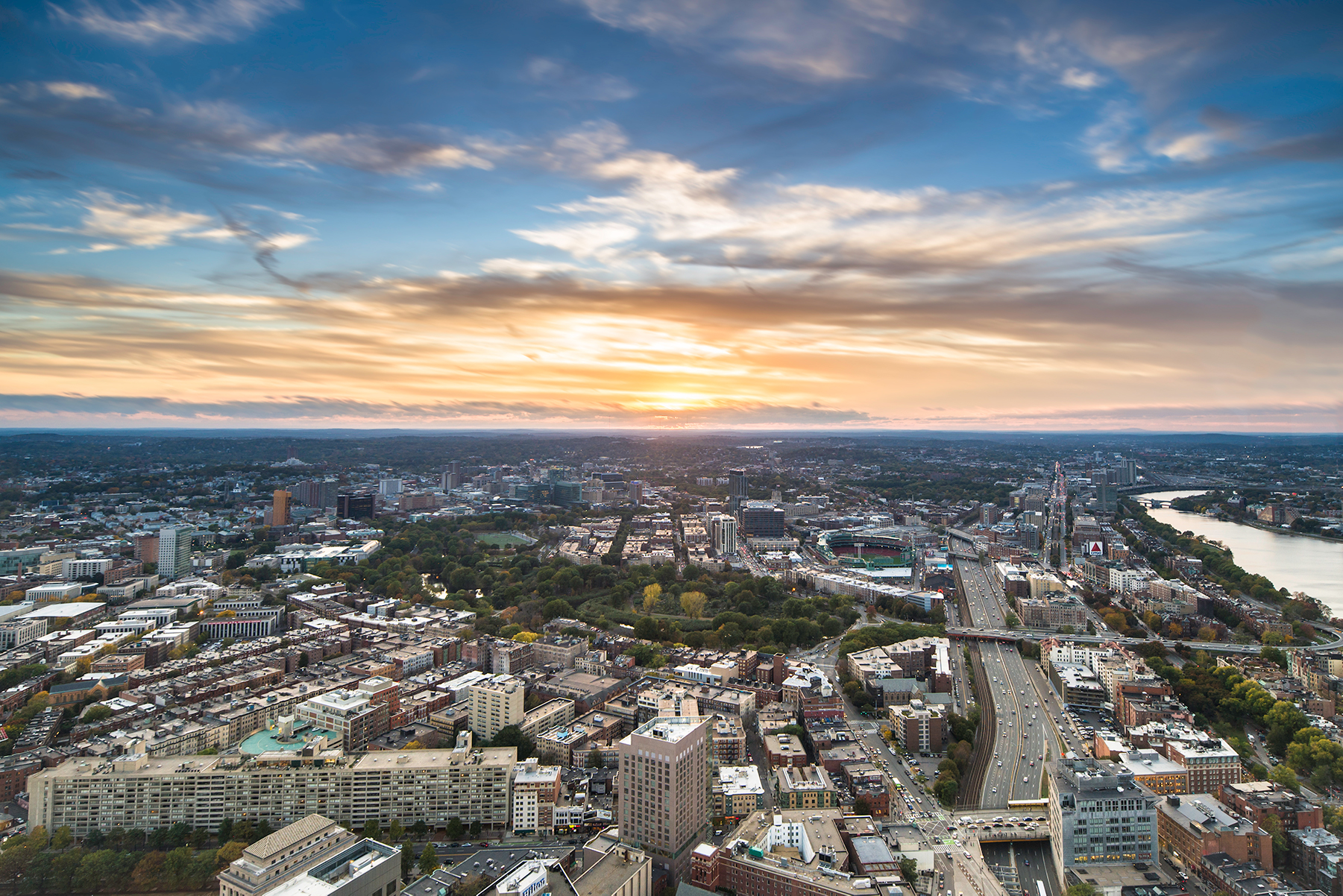What explains how frequently individuals vacation to a individual place? Your instinct could propose that distance is a essential aspect, but empirical proof can assistance urban experiments researchers remedy the query far more definitively.
A new paper by an MIT team, drawing on world details, finds that people stop by sites a lot more commonly when they have to journey shorter distances to get there.
“What we have identified is that there is a pretty distinct inverse partnership involving how significantly you go and how commonly you go there,” states Paolo Santi, a research scientist at the Senseable City Lab at MIT and a co-writer of the new paper. “You only seldom go to faraway locations, and usually you have a tendency to pay a visit to areas near to you more normally. It tells us how we arrange our lives.”
By analyzing cellphone info on 4 continents, the scientists have been capable to get there at a distinct new finding in the city reports literature.
“We could shop each individual day at a bakery a several hundred meters away, but we’ll only go at the time a month to the fancy boutique miles away from our community. This kind of intuitive notion experienced never been empirically examined. When we did it we discovered an exceptionally typical and strong law — which we have named the visitation regulation,” suggests Carlo Ratti, a co-author of the paper and director of the Senseable Metropolis Lab, which led the investigation job.
The paper, “The universal visitation legislation of human mobility,” is printed nowadays in Character.
The paper is co-authored by Markus Schläpfer, a scholar in the Urban Complexity Challenge at the ETH Long run Cities Lab in Singapore Lei Dong, a researcher at Peking University in Beijing Kevin O’Keeffe, a postdoc at the MIT Senseable Metropolis Lab Santi, a research director at Istituto di Informatica e Telematica, CNR (the Countrywide Exploration Council of Italy) Michael Szell, an affiliate professor in Information Science at IT College of Copenhagen Hadrien Salat of the Potential Metropolitan areas Laboratory, Singapore-ETH Centre Samuel Anklesaria, a researcher at the MIT Senseable Town Lab Mohammad Vazifeh, a senior postdoc at the MIT Senseable Metropolis Lab Ratti and Geoffrey West, a professor at and previous president of the Santa Fe Institute. Schläpfer, Dong, Santi, and Szell are also previous customers of the Senseable City Lab.
To conduct the analyze, the researchers applied anonymized cellphone knowledge from big communications suppliers to observe the movement of people today in the metro parts of Abidjan, Ivory Coast Boston Braga, Lisbon, and Porto, Portugal Dakar, Senegal and Singapore.
Cellphone knowledge are suitable for this form of study due to the fact they set up both equally the home place of people today and the locations they journey to. In some cases, the researchers described locations frequented by using grid areas as tiny as 500 square meters. General, the researchers charted around 8 billion location-indicating items of facts generated by above 4 million persons, charting motion for a time period of months in each and every area.
And, in each individual case, from metropolis to city, the same “inverse law” of visitation held up, with the charted data following a very similar pattern: The frequency of visits declined more than for a longer period distances, and better-density parts were being stuffed with people who had, on combination, taken shorter trips. To the extent that there was some variation from this sample, the greatest deviations included internet sites with atypical features, these as ports and theme parks.
The paper by itself both equally steps the knowledge and provides a design of motion, in which folks request out the closest places that supply particular kinds of activity. Equally of those people buttress “central spot theory,” an concept created in the 1930s by German scholar Walter Christaller, which seeks to describe the spot of metropolitan areas and towns in phrases of the capabilities they offer to individuals in a region.
The students notice that the similarity in movement observed in extremely diverse urban locations assists reinforce the all round acquiring.
“This generalized conduct is not just one thing you notice in Boston,” Santi suggests. “From a scientific viewpoint, we are incorporating evidence about a generalized pattern of actions.”
The researchers also hope the locating, and the techniques at the rear of it, can be usefully utilized to urban arranging. Santi suggests this kind of review can help forecast how sizeable improvements in the bodily layout of a metropolis will influence movement within just it. The method also would make it attainable to study how alterations in city geography have an effect on human motion in excess of time.
“The visitation legislation could have several practical apps — from the layout of new infrastructure to city organizing,” adds Ratti. “For instance, it could enable apply the notion of the ‘Fifteen-Moment City,’ which aims to reorganize physical room close to walkable neighborhoods and which has become very well known through the Covid-19 pandemic. Our regulation indicates that we can indeed capture a substantial fraction of all city trips in just a fifteen-moment radius, even though leaving the relaxation — most likely 10 percent — even more absent.”
Support for the exploration was supplied by the National Science Foundation, the AT&T Basis, the Singapore-MIT Alliance for Study and Technologies (Sensible), the MIT Center for Advanced Engineering Methods, Audi Volkswagen, BBVA, Ericsson, Ferrovial, GE, the MIT Senseable City Lab Consortium, the John Templeton Foundation, the Eugene and Clare Thaw Charitable Belief, the U.S. Army Investigation Office environment Minerva plan, the Singapore Countrywide Exploration Basis, and the Nationwide Normal Science Foundation of China.






More Stories
The Comprehensive Guide to Travel Insurance: Ensuring Peace of Mind for Your Adventures
Green Travel – Making Better Environmental Travel Choices